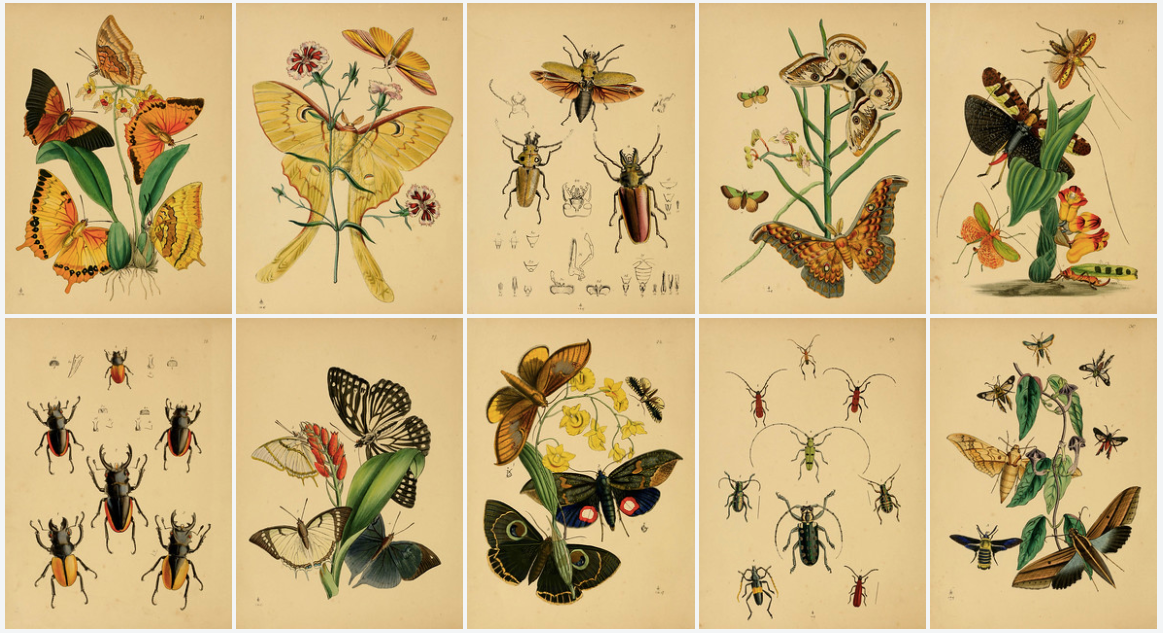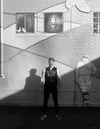They're just covering it up this keeps happening
They're not able to see a logical way out

This essay appears in my book Welcome to Hell World: Dispatches from the American Dystopia.
The doctor on the phone in the recording is distraught. “We’ve just had another doctor jump and hit . . . suicide from Mount Sinai,” the woman says. “And they’re just covering it up. This keeps happening.”
She goes on: They’re working twenty-eight-hour shifts. She’s scared for herself and she’s scared for her patients’ safety. They’re being told to go back and do their work.
You can hear her voice in Do No Harm the documentary from Emmy-winning filmmaker Robyn Symon and you can see the body of Dr. Deelshad Joomun where she landed laying there under a yellow tarp on the ground below. She had jumped in her white lab coat.
In the span of two years three physicians and one medical student died by suicide at Mount Sinai St. Luke’s Hospital in New York City a grouping of deaths that garnered a lot of sensationalized media coverage. But the hospital’s attempt to brush things under the rug pointed to what has become a trend regarding the issue of physician suicide across the country: most people—medical professionals, institutions and the public at large—are complicit in pretending there’s nothing to see here.
Last fall Symon lead a group of physicians and activists on a march to Mount Sinai in part as a memorial for Joomun and the other estimated four hundred physicians a year lost to suicide as well as to put pressure on Congress to pass legislation that would restrict the number of hours that residents—medical trainees on whom much of the work at hospitals is pushed onto—are allowed to work. As of now it can be more than eighty hours a week including twenty-eight-hour shifts.
“We’re marching to protest the inhumane working conditions within hospitals, which include long work hours,” Symon told me that week. “The Institute of Medicine and many sleep experts have said after sixteen hours the brain is just not functioning normally. Every other profession has work hour protections. Doctors are dealing with human lives. Why would you want them to stay up all night? It’s a very dangerous situation.”
Symon and others who study the epidemic of doctor suicides like Pamela Wible a physician in Eugene, Oregon, who runs a suicide hotline for medical professionals say that these types of work conditions play a role in the disproportionate number of suicides among doctors. The most recent study by the CDC attempted to analyze suicide rates by occupational groups but the report was retracted due to inaccuracies. Regardless the disproportionately high rate of doctor suicides cannot be disputed.
“Mostly due to exploiting cheap labor, medical trainees have not been protected by many of the labor laws that the rest of the country enjoys. They are in an educational system that is rampant with human rights violations, and, as a result, some don’t make it out of their training because they take their [own] life,” Wible told me. “They’re not able to see a logical way out, they’re $300,000 in debt from loans, all these people are dying around them, and they have guilt for any mistakes they may have made after working twenty-eight hour shifts. It’s just a perfect storm.”
“All of these forces are converging on these young idealistic humanitarians who go into medicine. I think they don’t quite understand what they’re getting into, what their working conditions will ultimately be,” Wible said.
While numbers vary the American Foundation for Suicide Prevention says male physicians are 1.4 times more likely than men in general to die of suicide and women physicians are 2.27 times more likely. Suicide is the second leading cause of death among medical residents after cancer and the leading cause among male residents. Although to be honest those numbers are likely a lot lower than the reality of the situation.
“That number is so unreported,” Symon said of the commonly referenced four hundred physician suicides a year.
“Doctors are very good at making their own death look like an accident, accidental overdose or car accident. And the institutions and the families themselves, because of the shame surrounding suicide, are prone to brush things under the rug, hide it or leave it sort of nebulous what the cause was. It’s hard to know the exact number of deaths among medical students. It’s at least twice the national average,” Symon said.
Wible told me two doctors she dated while she was in medical school later went on to kill themselves. She started to take the issue of physician suicides more seriously once three of them in her relatively small city of Eugene, Oregon, with a population of 160,000 killed themselves within a span of about a year.
“It’s really a town where everyone is happy. I was thinking, ‘If there are three in Eugene in a year, how many are there in Chicago, Philadelphia, New York?’” she said.
She began compiling a list of physician suicides on her website not long thereafter in 2012. Since then, she’s collected information on over one thousand a number she says is very low since the data is largely sent in by family members of the doctors who’ve died.
Symon said every doctor she spoke to over the course of making her documentary admitted to knowing one colleague who had been lost to suicide and many knew more than that. She doesn’t know how to fix it and I don’t do you but as with many problems like this it’s a lot harder to fix something when people don’t feel comfortable admitting it exists.
“Talking about it, opening a dialogue about this epidemic that’s been hidden for decades, really a century it’s been going on for and known within the medical community,” she said. “The first step is talking about it. They were trained to put your head down, go about your work, be tough, show no weakness, you’re the healer. This is what they’ve been bred to do.”
